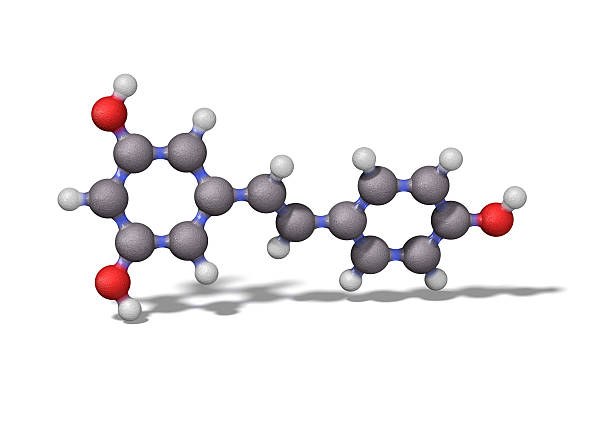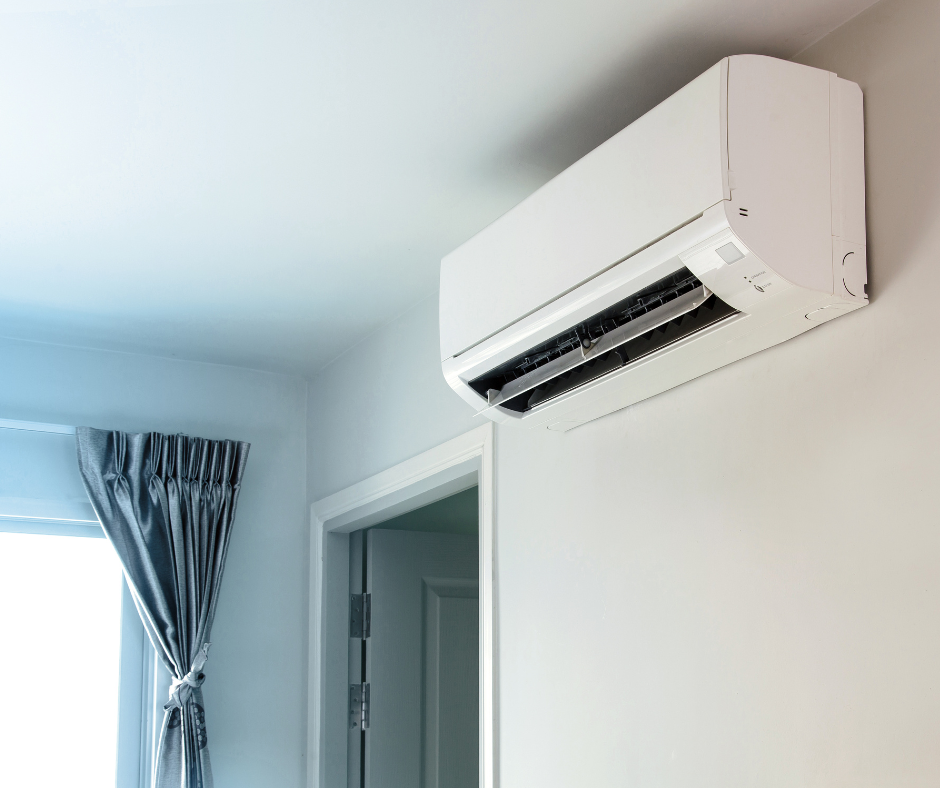Everything You Wanted to Know About the 40GBASE-LR4 is Here
What is 40GBASE-LR4?
40GBASE-LR4 is a specification for a high-speed optical fiber telecommunications standard that can reach up to 40 gigabits per second. It is an upgrade to the 10GBASE-LR and is used in the data center and metro networks. This specification was developed by IEEE 802.3ba Task Force in 2011 with the goal of providing increased bandwidth over long-reach optical fiber links. The 40GBASE-LR4 standard is the latest in data transmission over long distances, the 40GBASE-LR4 standard specifies a link length of 10 kilometers (6.2 miles) and uses single-mode fiber optic cables with a 1310nm wavelength.
How does 40GBASE-LR4 work?
The 40GBASE-LR4 standard is the latest Ethernet transmission standard. It offers four times the bandwidth of the previous generation of 10GBASE-LR, which is available in 2011.
The new specification is capable of delivering up to 40 gigabits per second (Gbps) over a distance of 10 kilometers. The previous generation, 10GBASE-LR, was only capable of delivering up to 10Gbps over a distance of 10 kilometers.
The 40GBASE-LR4 standard has been designed to work with existing copper cabling infrastructure(but a converter is needed) and can also be used with optical fiber cables as well. This standard is designed to support high-performance computing applications in a wide range of sectors, including cloud computing, data centers, and supercomputers.

What are the benefits of 40GBASE-LR4 in data centers?
The main advantage of 40GBASE-LR4 is that it has higher bandwidth than its predecessor, 10GBASE-LR. This makes it perfect for data centers that have a huge number of clients and need to transmit large amounts of data at once.
It also consumes less power than its predecessor and does not require any changes to the infrastructure which makes it easier for companies to upgrade their networks without having to invest in newer equipment or rebuild their data centers. This standard operates on a wavelength of 1310 nm over a single-mode fiber optic cable. The 40GBASE-LR4 has a range of 10 kilometers and can provide up to 40 gigabits per second (Gbps) of bandwidth in each direction.
The 40GBASE-LR4 is most commonly used in data centers because it provides high-speed and long-distance connections with low power consumption.
What are the challenges associated with using this technology in data centers?
One of the major challenges is that the 40GBASE-LR4 standard is not yet widely adopted. While there are many companies willing to adopt this standard, not many of them have actually done so.
The 40GBASE-LR4 standard is also very expensive to implement. It requires a lot more hardware and software than other standards because it has higher bandwidth and lower latency. It’s also more power-hungry than other standards as it requires more bandwidth and higher data rates.

Conclusion
The 40GBASE-LR4 is a high-speed and low-power copper Ethernet standard. It is designed for data centers and provides an alternative to the 10GBASE-LR standard.
The 40GBASE-LR4 is not as popular as the 10GBASE-LR because it lacks compatibility with other standards like the 10 Gigabit Ethernet. It also has a higher latency than the other standards, which can be problematic for some applications. QSFPTEK provides various kinds of optical modules, including 10GBASE-LR, 40GBASE-LR4, etc. If you want to get high-quality and low-price optical modules, please contact QSFPTEK via sale@qsfptek.com, Welcome get a quote!




